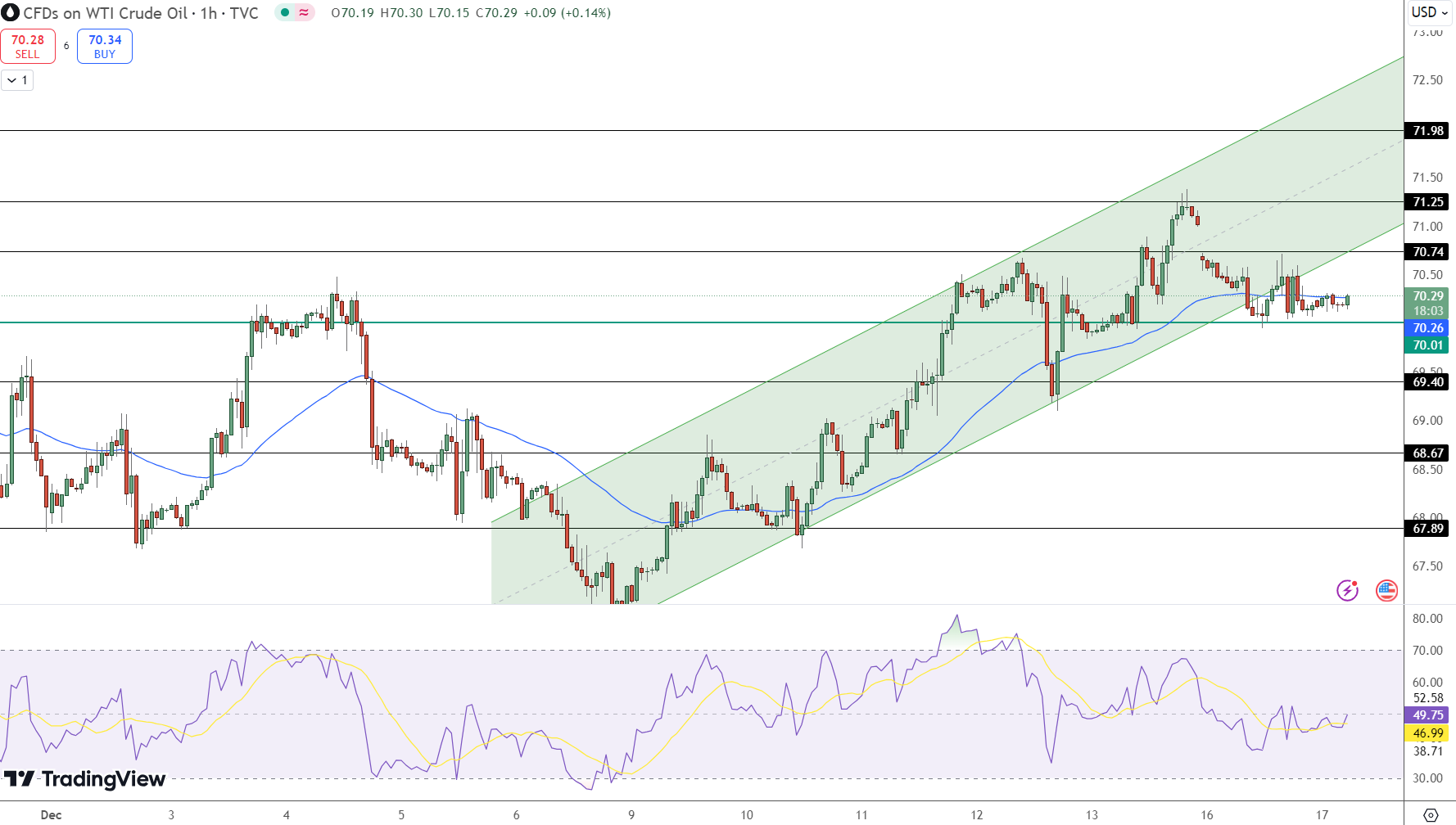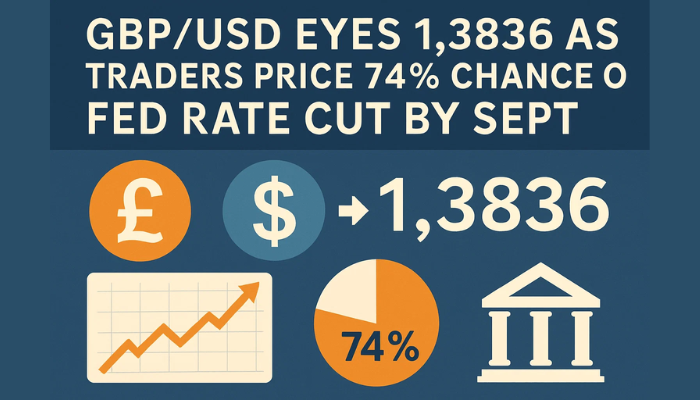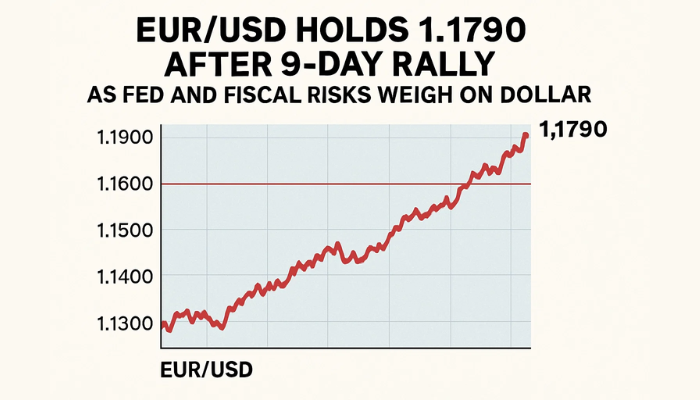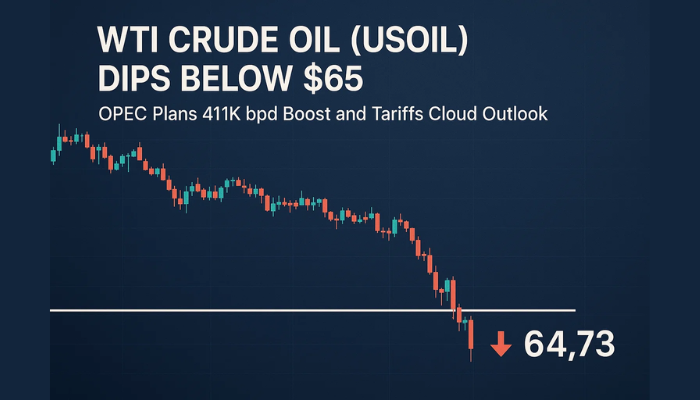Crude Oil Prices Dip as China Data, Fed Rate Outlook Weigh on Demand Sentiment
Oil prices eased on Tuesday, slipping to $70.29 as renewed concerns over Chinese economic weakness cast a shadow on global demand.

Oil prices eased on Tuesday, slipping to $70.29 as renewed concerns over Chinese economic weakness cast a shadow on global demand.

Investors also exercised caution ahead of the U.S. Federal Reserve’s final policy meeting of the year, where a widely anticipated 25-basis-point rate cut could influence future economic growth and oil consumption.
The downturn follows Monday’s multi-week highs, driven by strong industrial output data in China but tempered by unexpected weakness in consumer spending. Analysts believe the mixed signals underscore a fragile recovery in the world’s second-largest oil consumer.
Tony Sycamore, market analyst at IG, noted, “Prices are weighed down by profit-taking after last week’s 6% rally and the disappointing Chinese economic data.”
Fed Policy Outlook and Impact on Oil Demand
The Federal Reserve is expected to announce a quarter-point rate cut on Wednesday, marking the final decision of 2024. While the market has priced in the move, investors are keenly awaiting Fed Chair Jerome Powell’s outlook for 2025 and 2026, particularly regarding inflation and economic growth.
Lower interest rates can boost economic activity, subsequently increasing demand for oil. However, with inflation concerns lingering, the pace of future rate cuts remains uncertain.
-
Markets price in 96.3% chance of a rate cut.
-
Fed guidance on 2025-26 interest rates will shape sentiment.
-
Potential surprises could trigger short-term oil price volatility.
Growing Supplies and Geopolitical Headwinds
Adding pressure to oil prices, the International Energy Agency (IEA) forecasts a 950,000 barrels-per-day surplus in 2025, driven by rising production from non-OPEC+ countries, including the U.S. and Brazil. This supply overhang, nearly 1% of global supply, could weigh on oil prices next year despite OPEC+ maintaining output cuts.
Meanwhile, geopolitical tensions persist. The European Union imposed its 15th package of sanctions on Russia, targeting shadow fleet vessels and Chinese entities. Western nations have ramped up inspections of Russian oil shipments, particularly in critical waterways like the English Channel and Danish Straits.

While these measures signal intent to tighten sanctions, LSEG analyst Anh Pham remarked, “Real disruptions remain limited as Russia’s flows no longer depend heavily on Western services.”
Key Takeaways:
-
Oil prices fell to $70.29 amid weak Chinese consumer data and profit-taking.
-
Fed’s interest rate decision and outlook will influence oil demand sentiment.
-
Rising supplies from non-OPEC+ nations could result in a 950,000 bpd surplus in 2025.
- Check out our free forex signals
- Follow the top economic events on FX Leaders economic calendar
- Trade better, discover more Forex Trading Strategies
- Open a FREE Trading Account


